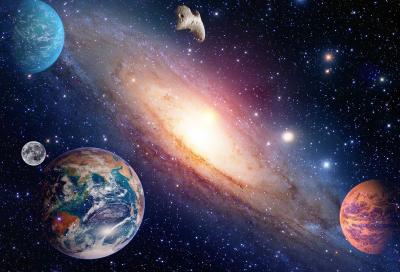Our galaxy is the Milky Way. The sun is located in one of its spiral arms, specifically in the Orion-Cygnus arm. It orbits with it around the center of the galaxy, completing one cycle in about 250 million years. A complete year, therefore, is referred to as a galactic year. Now, the old galactic year ends, and a new one begins, because the sun, along with the Earth and other planets, finds itself once again in the same position it occupied at the beginning of the last "year" 250 million years ago, meaning the solar system has completed a full revolution around the center of our galaxy.
Of course, no one can pinpoint the exact date, day, year, or century when this full cycle was completed or will be completed. We only know that the event is imminent, possibly coinciding with the arrival of the old New Year (January 14). Why not? It is quite possible. Thus, the children of Earth can exchange congratulations on the arrival of a new happy galactic year.
By the way, if you measure Earth's history in galactic years, it means that it is already 18 galactic years old, which is the amount of time that has passed since its formation. In honor of this significant event, Jessie Christiansen, a researcher at NASA, created an animated video illustrating our path through the stars, akin to a Star Track, highlighting the "historical landmarks" that Earth has passed. The dinosaurs have become one of these landmarks, with various species existing on Earth at different times.
Dinosaurs appeared at the beginning of the last galactic year, reaching their peak in "May, June, and July," which is when the sun and Earth were on the opposite side of the Milky Way. Until October, dinosaurs had no worries until a giant asteroid fell 66 million years ago in the Gulf of Mexico, leading to their extinction and paving the way for mammals. Humans then multiplied by the end of "December."
We have been living on Earth for "two weeks" or even less. Who will remain on our planet by the end of the next galactic year? Will someone create a new animation to show what has happened over the past 250 million years?




